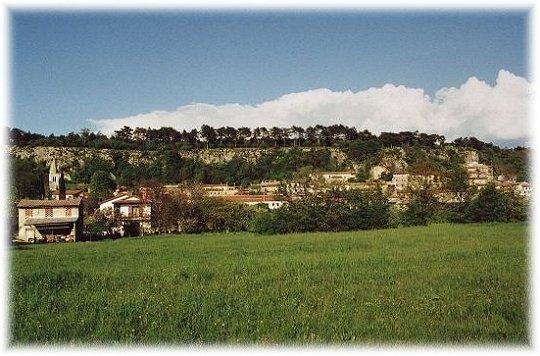In the village, there are homesteads of Karst type: large, with closed courtyards and stone-cut portals (of which some are entered in the above mentioned register).
The homestead at Črnotiče 18 is a typical Karst homestead with a closed courtyard, entrance from 1886, and an entrance shed, “baladur” (covered terrace) and wooden outside staircase. The homestead at Črnotiče 37 is an inverted Karst homestead with a front and inner courtyard, outside staircase and entrance from 1841. The homestead at Črnotiče 40 from the beginning of the 20th century is formed by two sets of buildings. The homestead at Črnotiče 42 is a Karst homestead with an inner courtyard and entrance from 1811, while the entrance of the outbuilding dates back to 1927. Architectural sights worth seeing are also the entrance of the house at Črnotiče 45 (from 1887) and a stone fountain (from 1830).
Today, you can see one of the most preserved forts in the area close to the village, with a completely preserved embankment. The fort dates back to the Iron Age, the Roman Age and the Middle Ages.
This village too has some sacral objects. These are the stone pilgrim Church of Saint Mary of the Snows, which was built (on the foundations of the previous one) in 1665 by masters Tomaž Škorja and Kiče, and the baroque Church of St Paul (from 1663) with an Aquileia-type bell tower.


